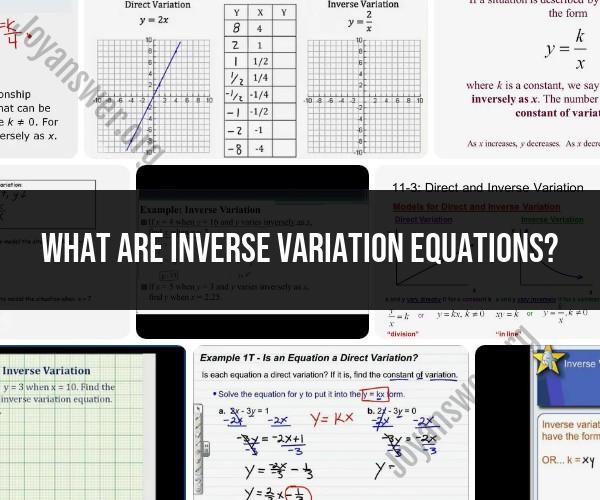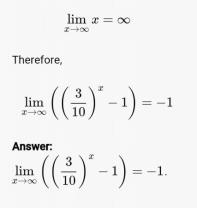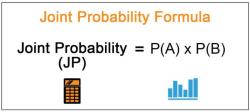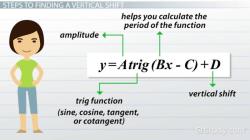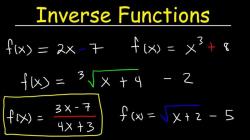What are inverse variation equations?
Inverse variation equations, also known as inverse proportion equations, describe a mathematical relationship between two variables in which one variable varies inversely with the other. In simple terms, as one variable increases, the other decreases, and vice versa, while their product remains constant. Inverse variation can be expressed mathematically using the following equation:
In this equation:
- and are the two variables involved.
- is a constant (often referred to as the constant of variation) that remains the same for all pairs of values of and in the given inverse variation.
Key characteristics of inverse variation equations include:
Product Remains Constant: As mentioned, the product of and (i.e., ) is constant for all pairs of values. This means that if you multiply one variable by a certain factor, the other variable must be multiplied by the reciprocal of that factor to keep the product constant.
Graphical Representation: The graph of an inverse variation equation is a hyperbola. It is a curve with two branches that approach but never touch the axes. The branches move closer to the axes as and values get larger or smaller.
Inverse Relationship: Inverse variation implies an inverse relationship between the two variables. When one variable increases, the other decreases, and when one variable decreases, the other increases.
Constant of Variation: The value of in the equation is a constant that depends on the specific context of the problem. It is determined by the initial conditions and the nature of the relationship between and .
Examples of inverse variation include:
- The relationship between the time it takes to complete a task and the number of workers assigned to the task. As the number of workers increases, the time required decreases, and vice versa.
- The relationship between the force of attraction between two objects and the square of the distance between them, described by Newton's law of universal gravitation.
- The relationship between the amount of work done and the time it takes to do the work, as described by the formula , where is work, is time, and is a constant of proportionality.
Inverse variation equations are important in various fields, including physics, engineering, economics, and biology, where they describe situations where one quantity is inversely related to another.
Solving Equations of Inverse Variation: Step-by-Step Examples
To solve an equation of inverse variation, you can use the following steps:
- Identify the constant of variation. The constant of variation is the product of the two variables in the equation. For example, in the equation xy = k, the constant of variation is k.
- Substitute known values into the equation. If you know the value of one of the variables, you can substitute it into the equation to solve for the other variable.
- Solve for the unknown variable. Once you have substituted known values into the equation, you can solve for the unknown variable using basic algebra.
Here are some step-by-step examples of solving equations of inverse variation:
Example 1:
Solve the equation xy = 10 for y, where x = 5.
Solution:
- Identify the constant of variation: k = xy = 10
- Substitute the known values into the equation: 5y = 10
- Solve for the unknown variable: y = 10/5 = 2
Answer: y = 2
Example 2:
Solve the equation y = k/x for k, where x = 2 and y = 3.
Solution:
- Identify the constant of variation: k = xy = 2 * 3 = 6
- Substitute the known values into the equation: y = 6/x
- Solve for the unknown variable: k = 6
Answer: k = 6
Types of Inverse Variation Equations and Their Solutions
There are two main types of inverse variation equations:
- Direct inverse variation: Direct inverse variation equations are equations of the form xy = k. In these equations, the product of the two variables is always equal to the constant of variation.
- Indirect inverse variation: Indirect inverse variation equations are equations of the form y = k/x. In these equations, the quotient of the two variables is always equal to the constant of variation.
To solve both types of inverse variation equations, you can use the steps outlined above.
Mastering Inverse Variation for Algebraic Proficiency
The best way to master inverse variation is to practice solving equations of inverse variation. You can find practice problems online or in textbooks.
Here are some tips for mastering inverse variation:
- Understand the concept of inverse variation. Inverse variation is a relationship between two variables where one variable increases as the other variable decreases.
- Be able to identify inverse variation equations. Inverse variation equations are equations of the form xy = k or y = k/x.
- Be able to solve equations of inverse variation. To solve an equation of inverse variation, you can use the steps outlined above.
By practicing solving equations of inverse variation, you will be able to master this important algebraic concept.
